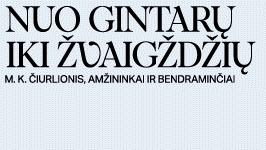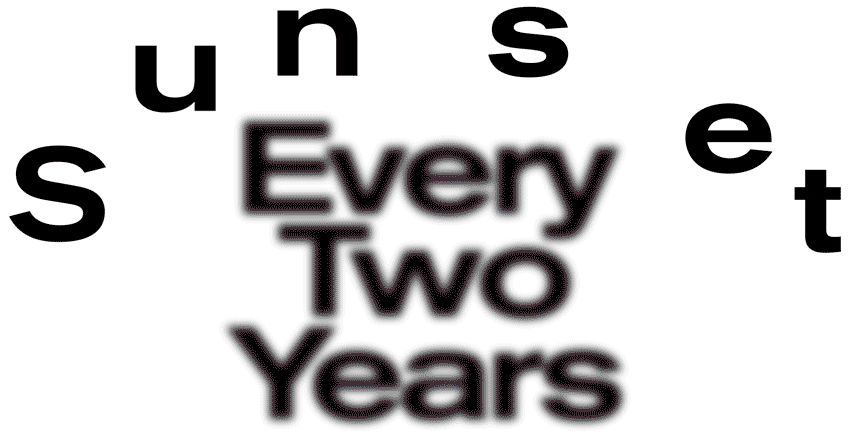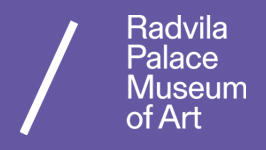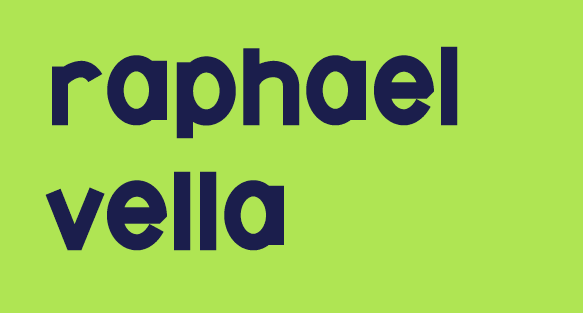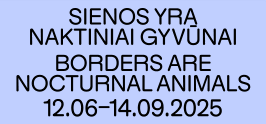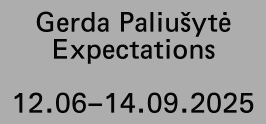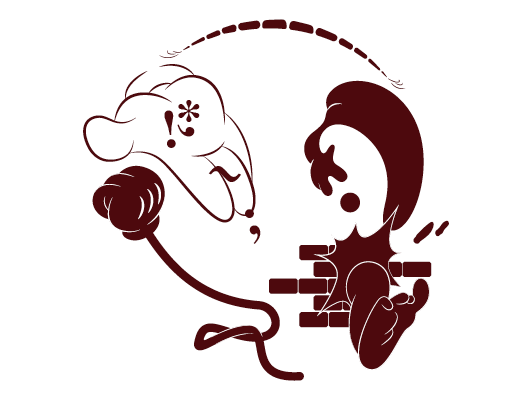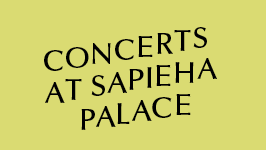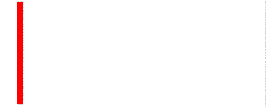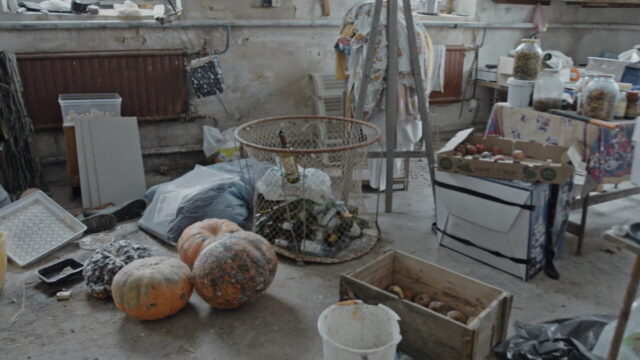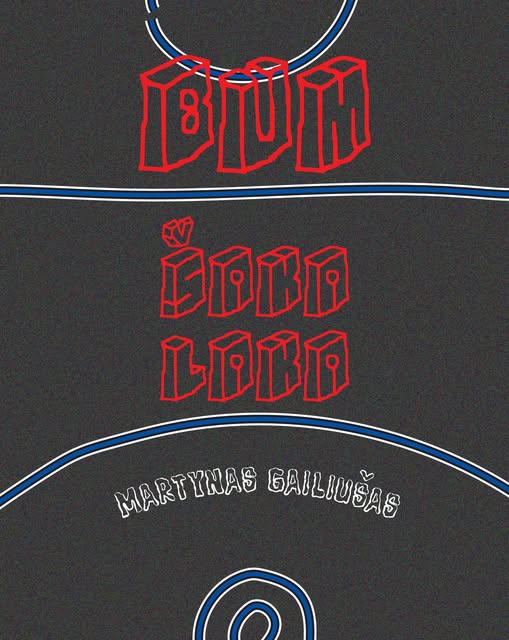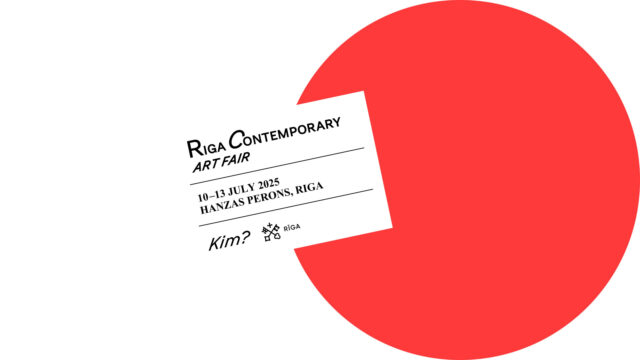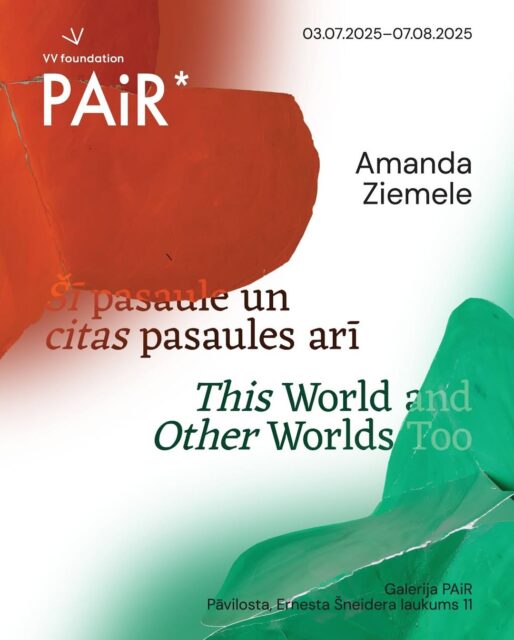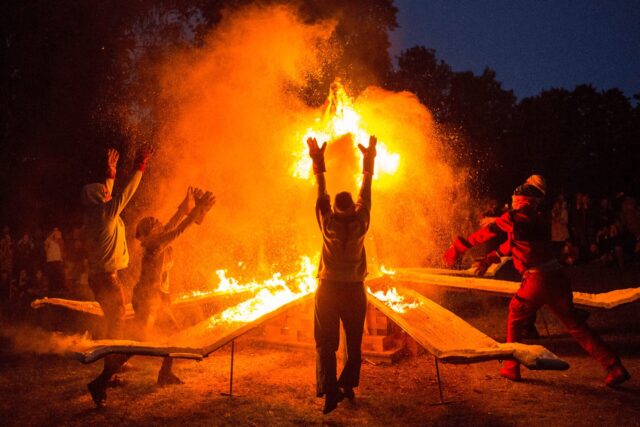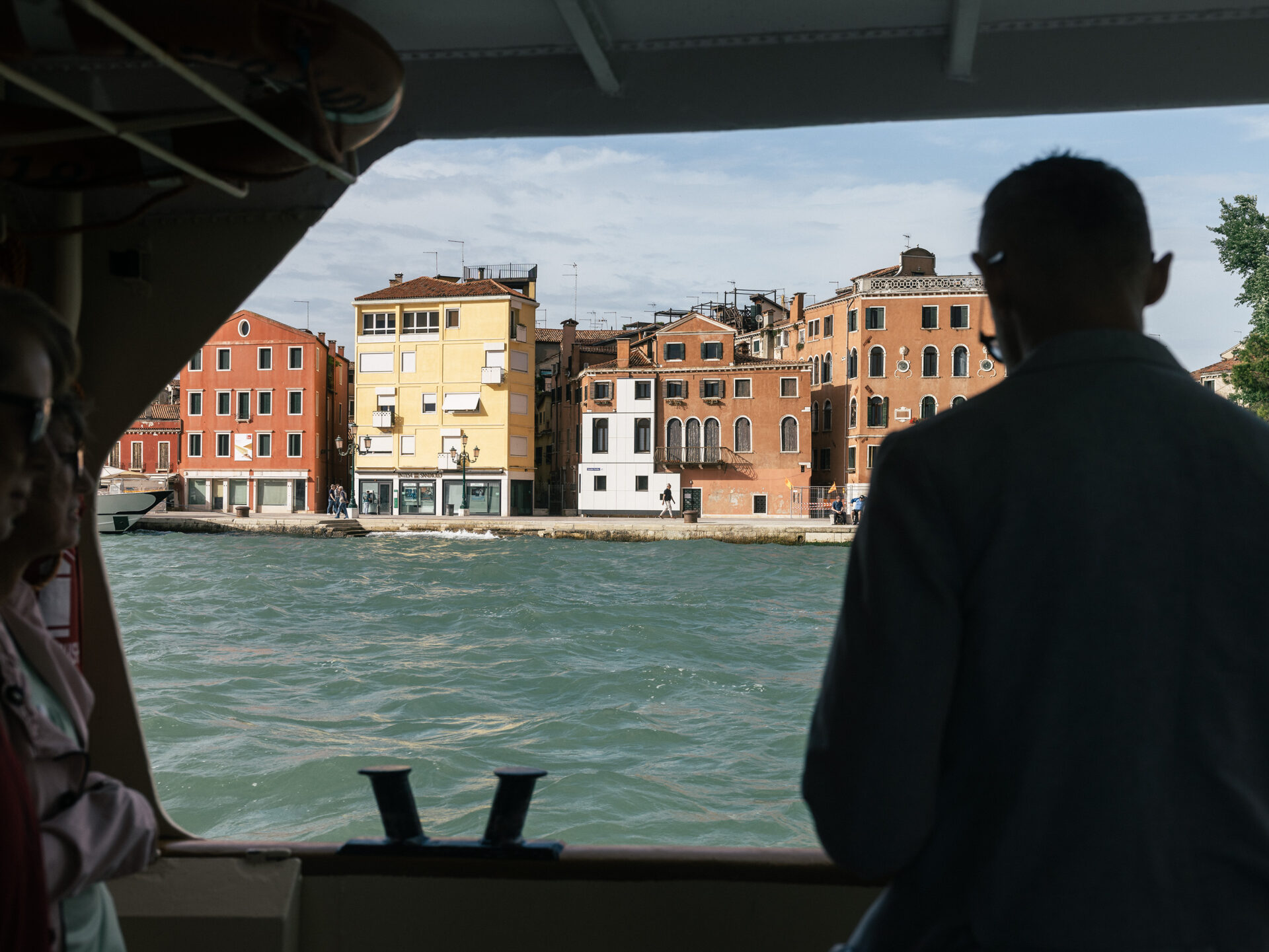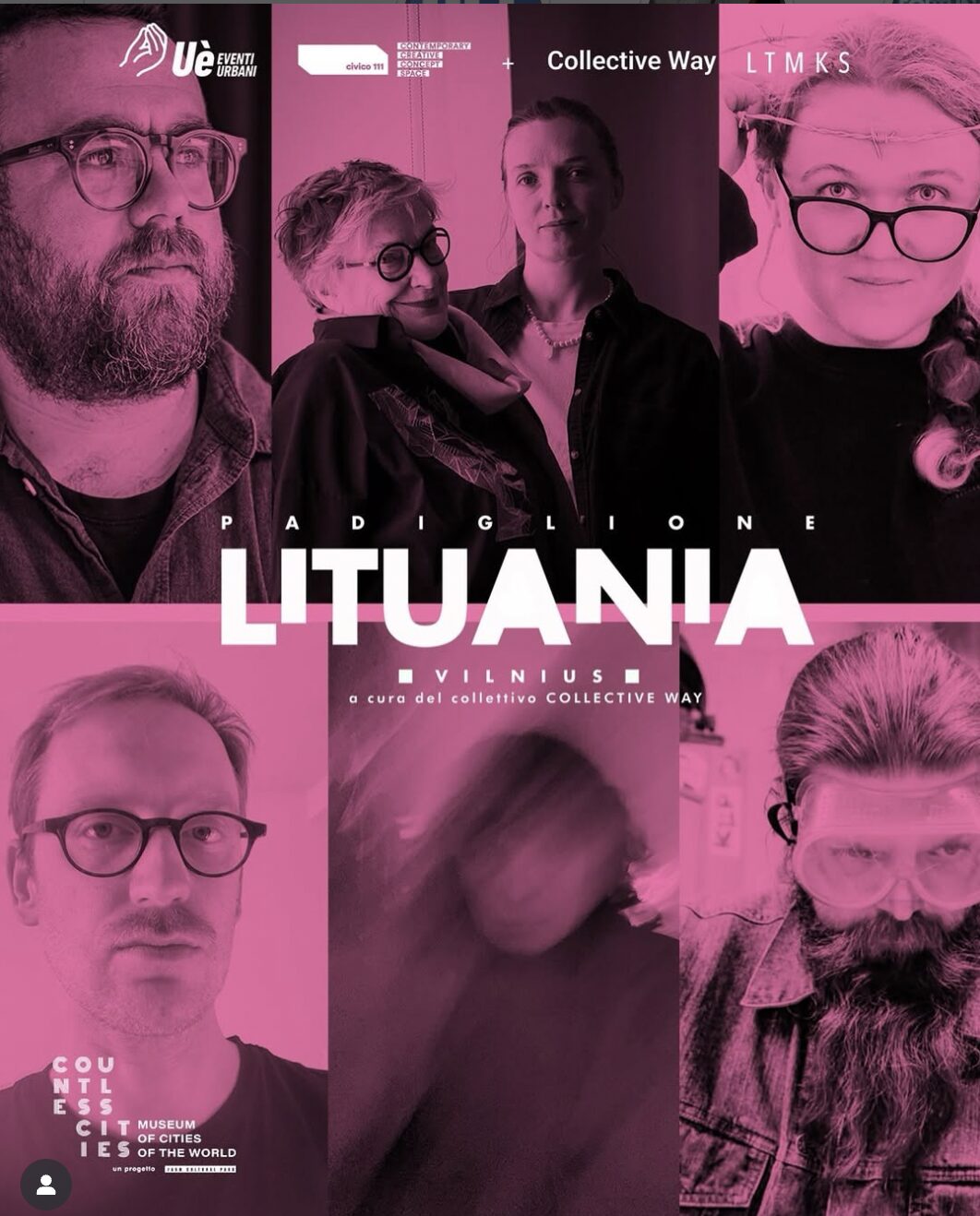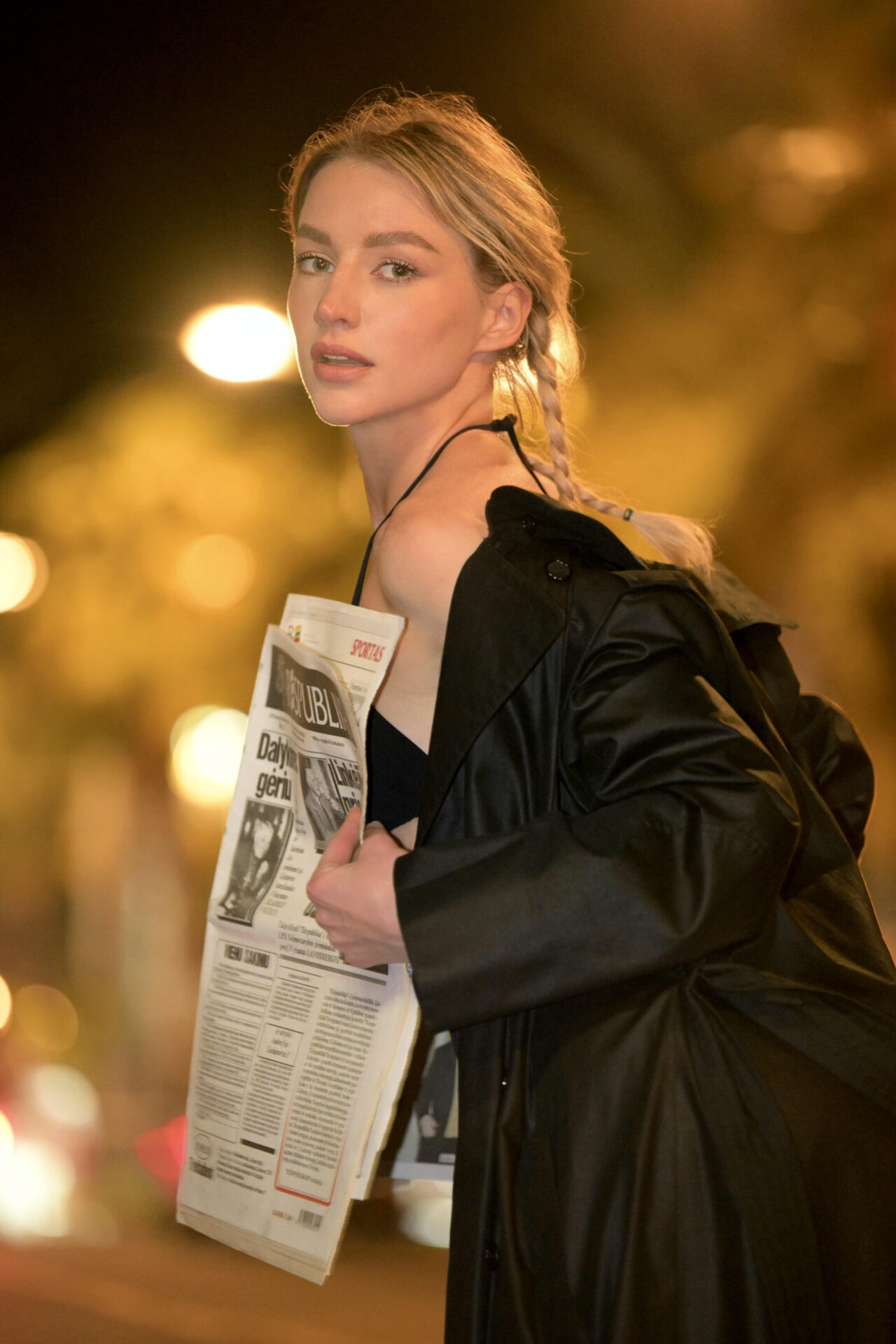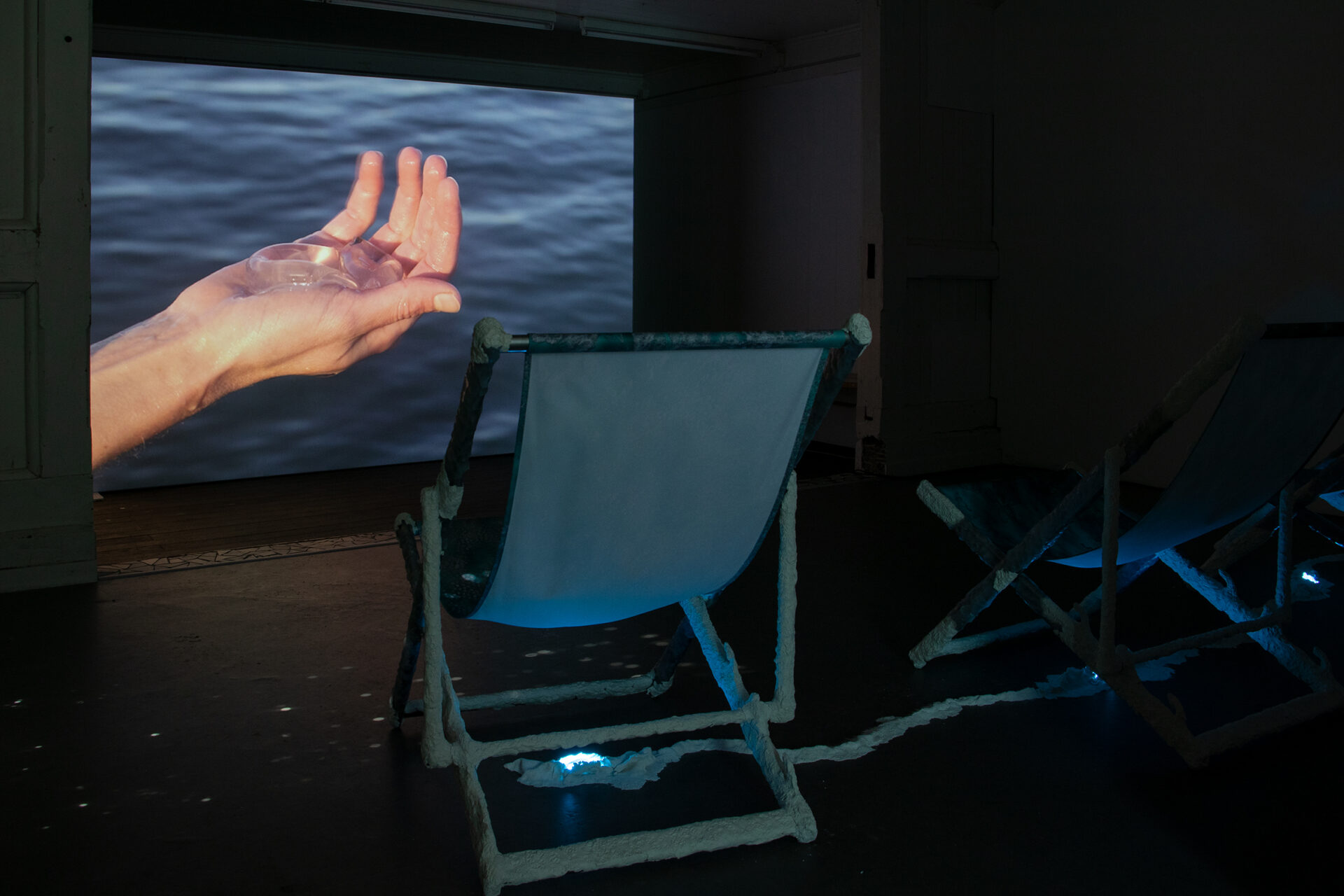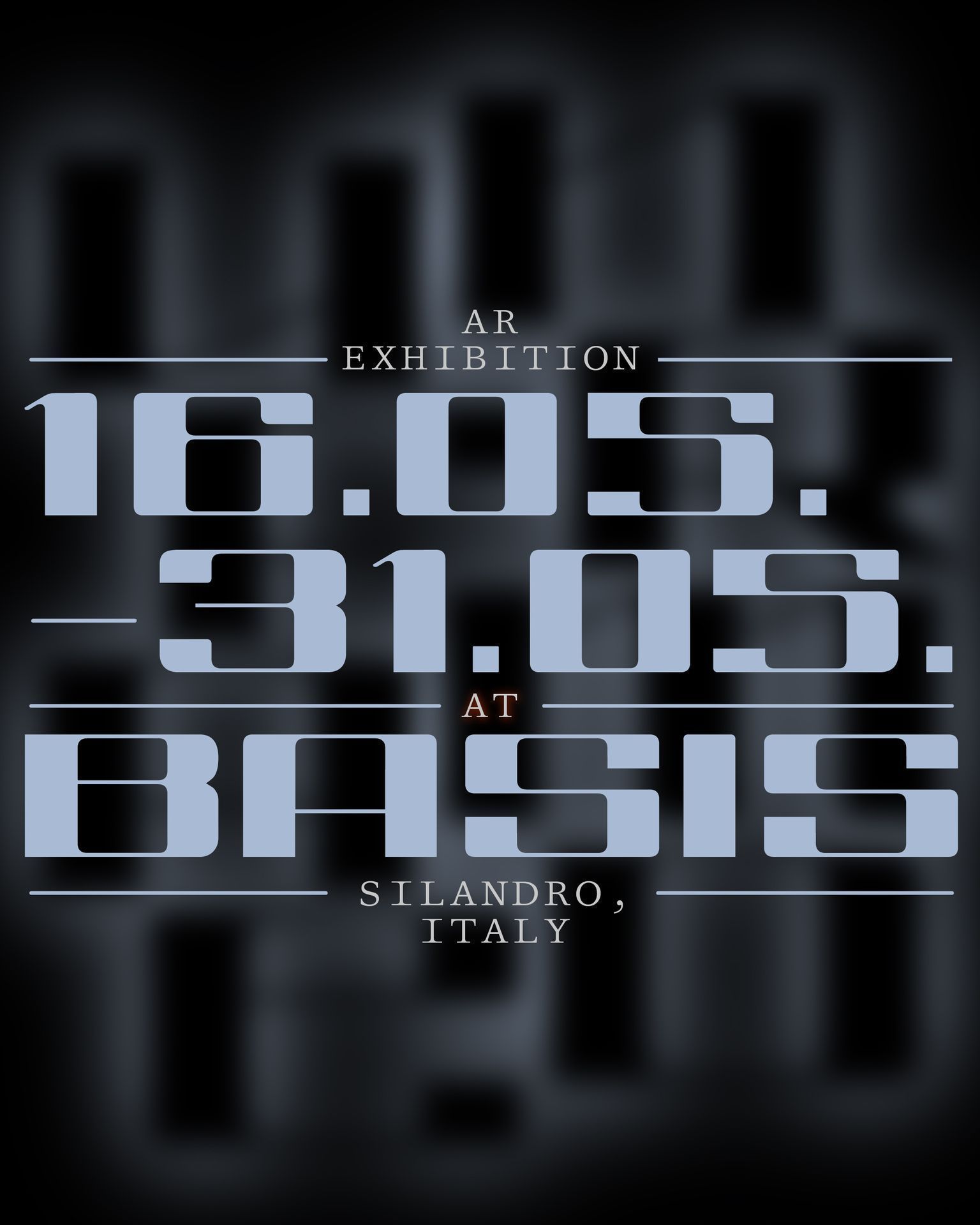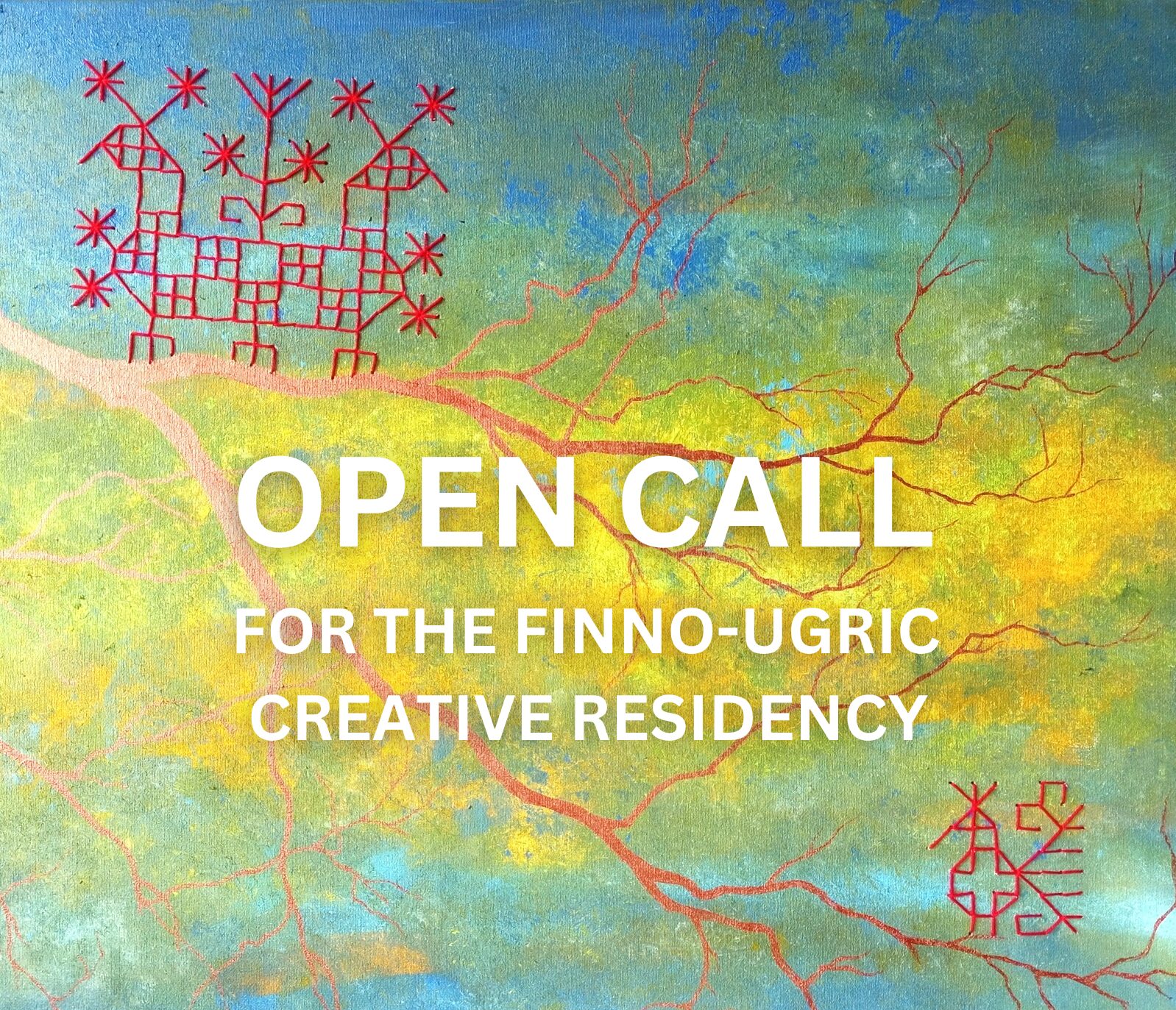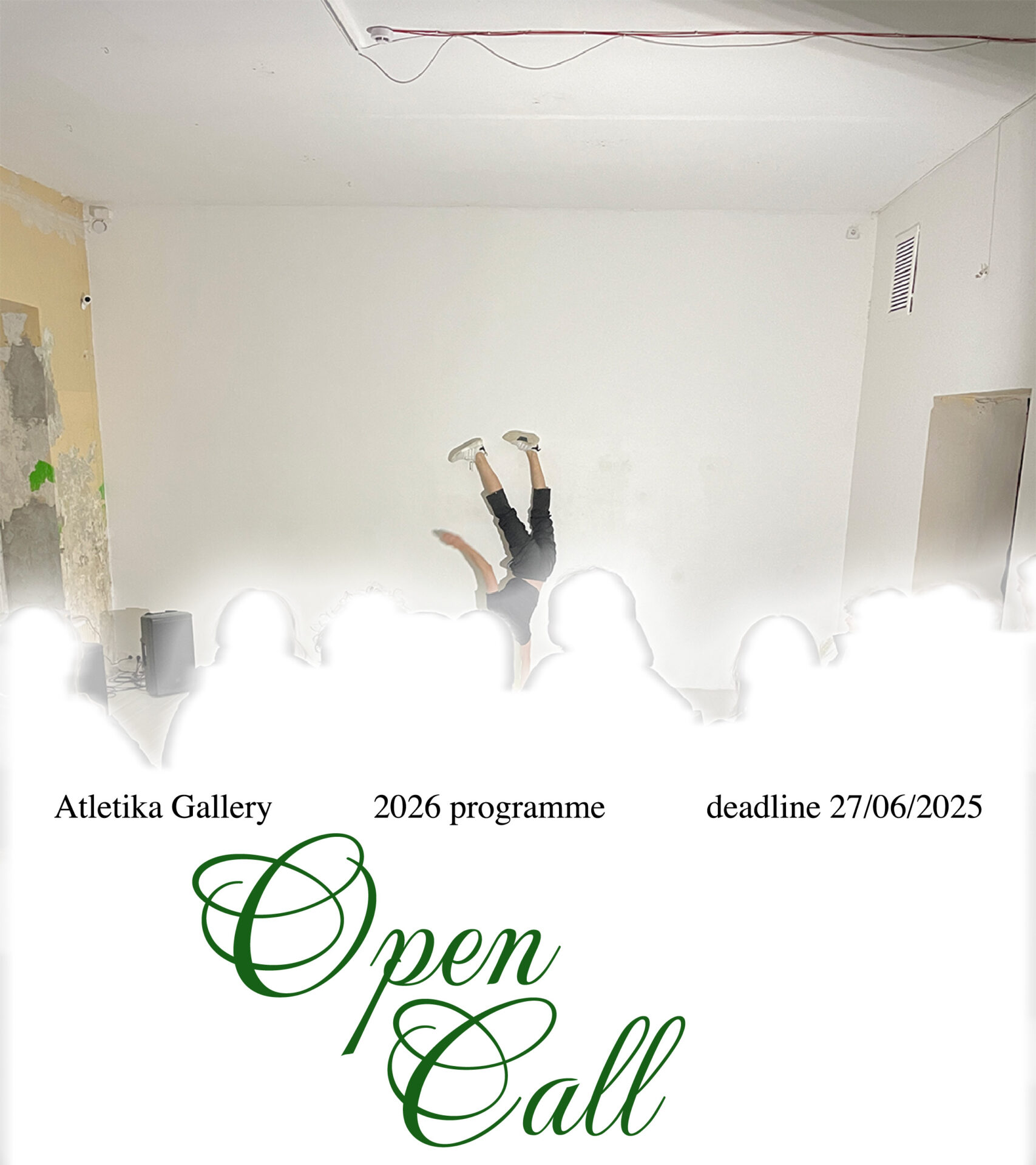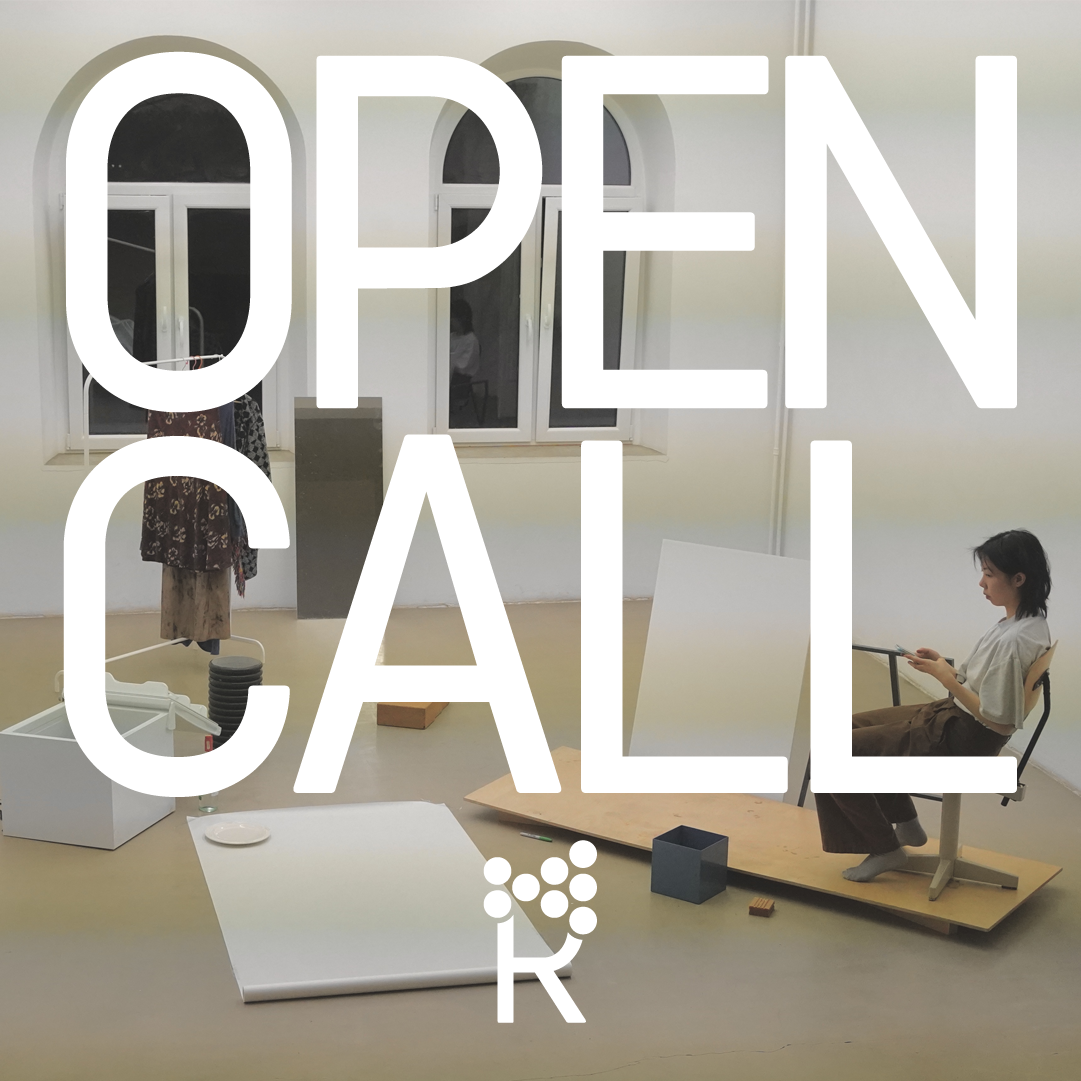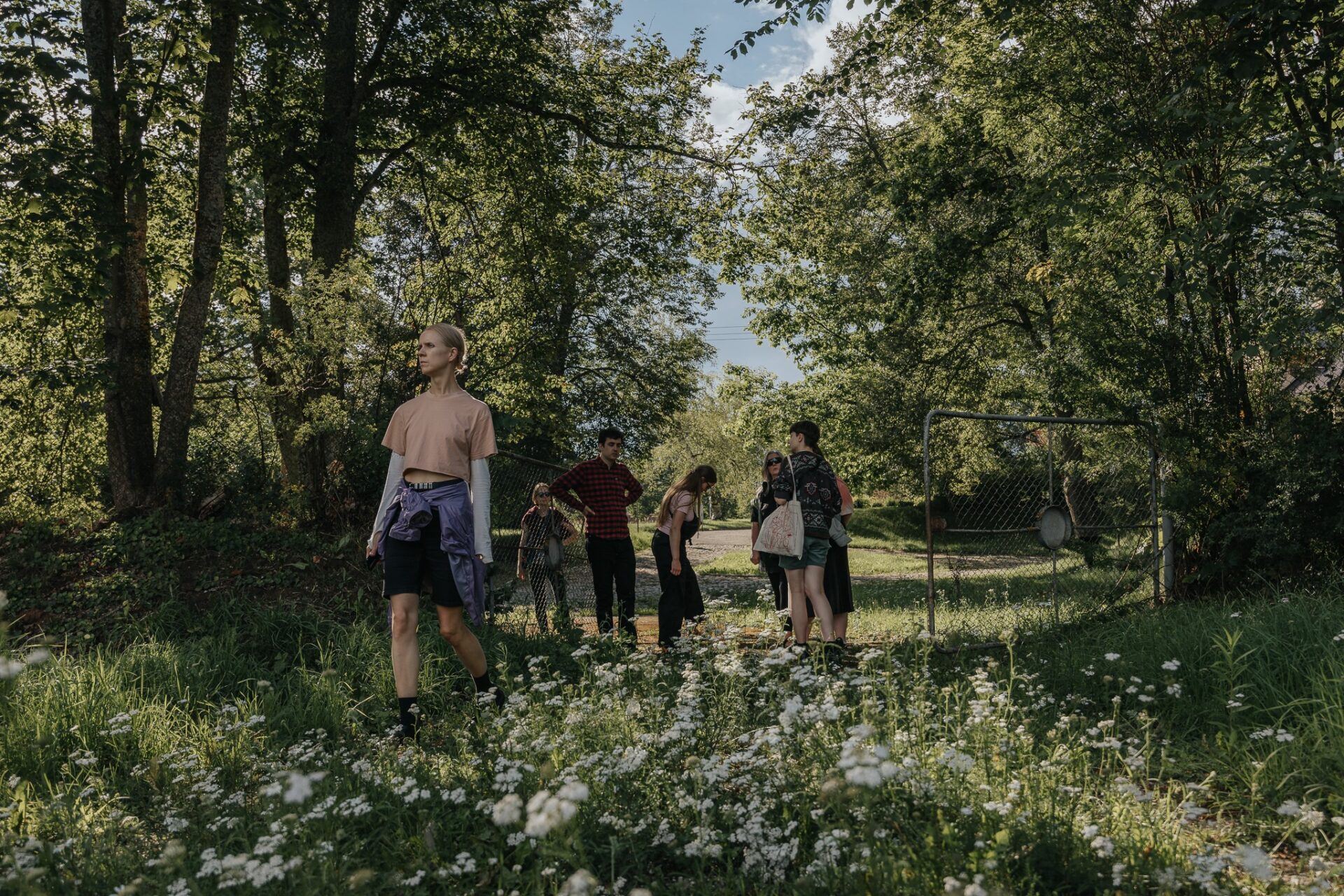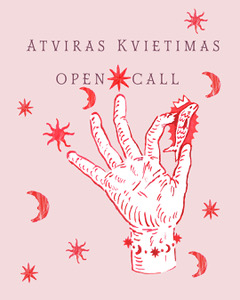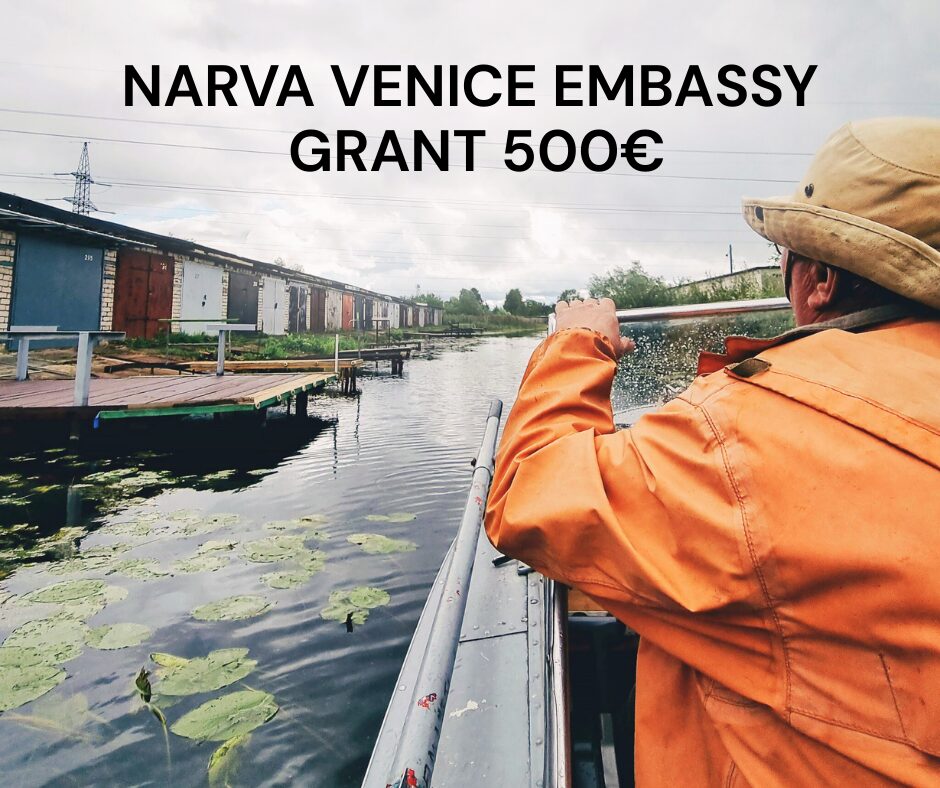Videograms are moving images that write history. Suffix -gram in Greek indicate a letter, something that is written, hand-inscribed or a technique. How do moving images work, create and participate in history? What is the multifaceted power of images – to document, represent, create and recreate, reflect, fix, reproduce, multiply different realities? The exhibition presents artists’ video works and films, which all together reflect the program of this year’s Videograms – Kaunas International Film Festival and the ideas as well as experiences that originate from it.
One of the main films shown in the exhibition, which also inspired the title of the entire Kaunas International Film Festival – Harun Farocki’s Videograms of a Revolution (1992)– indicates that moving images not only represent or reflect reality, but also actively create it. It is impossible to think about the moving image and its power to act without considering the role of the mass media. This role is assessed with irony and staged both by the classic work of media art – the documentation of the US media art collective Ant Farm performance Media Burn, and by Dovilė Aleksaitė’s Hypnosis Session, which reminds of a widespread cultural phenomenon in the Soviet Union – broadcasted hypnosis sessions.
How we consume images affects not only history-in-the-making, but also the vision of the past and its reproducible worlds. Max Grau analyzes his own narratives, evoked by the scenes of the popular Hollywood film Grease. His work Craving for Narrative is about the “second-order nostalgia”, the nostalgia for nostalgia of certain images. Persijn Broersen and Margit Lukács deconstruct the image of an idyllic landscape occurring throughout the history of cinema. The work by Allison Henriquez poetically conveys a nightly vision in nature. Meanwhile, the work of Forensic Architecture in Triple-Chaser presents its study and video as a tool for retrieving and tracing stories from a variety of perspectives.
The architecture of the exhibition was created by the artist and architect Vladas Suncovas, who used the 16th century calligraphic font Fraktur as his point of departure. This font, also known as Gothic, encourages to think about the ways the message has always been influenced by its bearer – the font, just like video, is the medium used by the artist in order to wrap around with the exhibition and its images. It is interesting to think that there were no video images until the end of the 19th century, and today the visual video image and the perception of history, which occupy so much space, are technologically fed only by the material of the last century. In the Videograms exhibition, the calligraphic curves of the letters become the furniture – TV tables, attributes of every apartment in the late 20th century. Redesigned by Vladas Suncovas, these objects write the spatial text of the exhibition in calligraphic form.
September 15th – October 11th, 2020
Kaunas Artists’ House
Artists: Dovilė Aleksaitė, Forensic Architecture, Ant Farm, Persijn Broersen, Margit Lukács, Ulijona Odišarija, Max Grau, Harun Farocki, Andrei Ujica
Curators: Monika Lipšic, Milda Januševičiūtė and Viktorija Šiaulytė
Architect: Vladas Suncovas
Architect’s assistant: Marius Ladyga
Graphic design: Marek Voida
Supported by Lietuvos kultūros taryba, Collection Video-Forum, Neuer Berliner Kunstverein (n.b.k.), Nordic Culture Fund
Photography: Lukas Mykolaitis



















